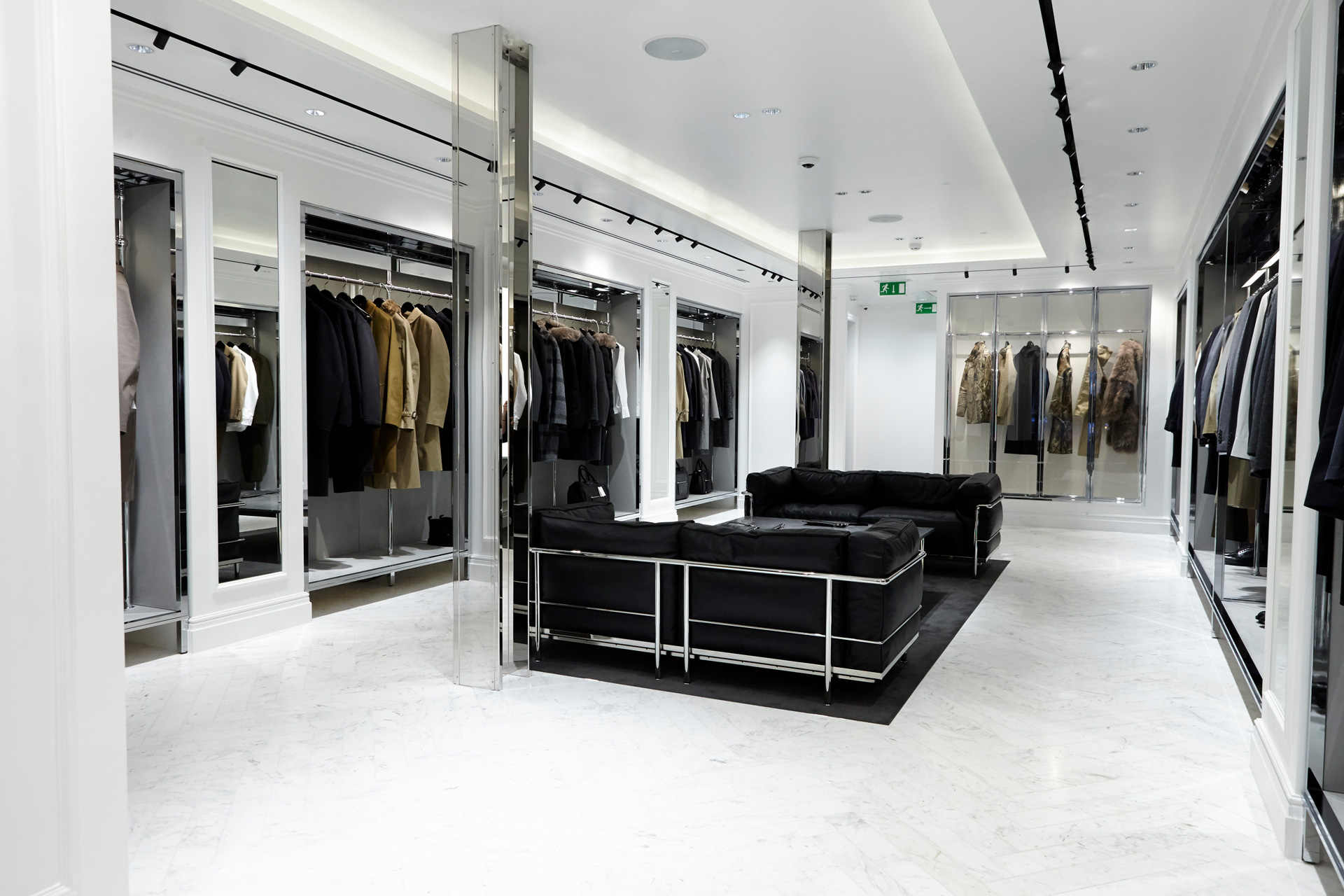Within the current rapidly changing retail environment, the layout of a store holds a vital role in attracting customers and enhancing the shopping experience. A carefully curated retail fit-out not just mirrors a brand's identity but also creates an inviting atmosphere that encourages consumers to spend extended time and money. Understanding the concept of a retail fit-out is and its significance can lay the groundwork for a successful business. It is about transforming a space into something that connects with customers, making them feel welcomed and appreciated.
As we dive into the psychology behind retail fit-out design, we will look into how factors like design, lighting, and materials can significantly impact customer engagement and sales. From the initial concept to the final touches, we'll provide a comprehensive guide that also covers the most recent trends but also offers practical advice for financial planning, managing the fit-out process, and maintaining sustainability in design. By grasping these essential aspects, retailers can create spaces that not just meet operational requirements but also build emotional connections with the customers.
Grasping Retail Fit-Outs
Retail designs refer to the process of designing and constructing the inside of a retail space to make it usable, appealing, and aligned with the brand's image. This process is crucial for businesses looking to create a inviting environment that attracts customers in and encourages them to shop. additional hints -executed design not only provides a area for merchandise but also enhances the customer experience, making it critical for a commercial operation's prosperity.
The significance of a retail design cannot be overstated. It affects everything from the store layout and customer movement to the way products are presented and how the overall ambiance is perceived. A thoughtfully designed space can significantly impact a customer’s state of mind and decision-making process, leading to increased foot traffic and increased sales. Additionally, an effective design reflects the brand's values and connects with its target audience, building loyalty and return visits.
The commercial fit-out procedure typically involves a series of stages, beginning with initial design concepts to the final setup of fixtures and equipment. This journey requires meticulous planning and synchronization, including considerations for branding, client engagement, illumination, hues, and substances. Understanding the different elements involved in a retail fit-out is vital for any entrepreneur looking to optimize their investment and create a compelling retail space.
Development Techniques for Impactful Retail Environments
Building an impactful retail space requires a deep understanding of customer behavior and preferences. Winning designs incorporate elements that draw customers into, encourage exploration, and facilitate easy navigation. One key strategy is to establish clear pathways, navigating customers through the store in a way that ensures them feel at ease and involved. This can be realized through strategic layout planning that pays attention to high-demand areas, as well as leveraging focal points to capture attention.
Incorporating visual merchandising strategies can strongly enhance customer interaction. Products should be displayed in an inviting manner that not only emphasizes their features but also narrates a story. Incorporating props, artistic shelving, and thematic displays can transform the shopping experience more immersive. Furthermore, strategically situating promotional displays near checkout areas can assist generate impulse buys, increasing overall sales.
A further essential aspect of design is the thoughtful use of lighting and color. Lighting should create an welcoming atmosphere while highlighting key products. The appropriate color palette can stir emotions and change customer behavior, making it crucial to choose colors that match with brand identity and target demographics. By mindfully integrating these design strategies, retailers can create spaces that foster engagement, stimulate sales, and leave lasting memories on customers.
Managing Your Retail Fit-Out Project
Easily managing a retail fit-out project demands careful planning and execution. First, establish a clear project timeline that defines each phase from design to completion. This timeline needs to have key milestones, such as when design plans will be finalized, the timing of construction starts, and dates for inspections. Regular check-ins are important to verify that each stage remains on schedule, providing adjustments as needed. Strong communication between your team is crucial to address any issues promptly and ensure the project moving forward smoothly.

Budget management is another critical aspect of project oversight. Create a comprehensive budget that accounts for all potential costs, including materials, labor, and unforeseen expenses. Keeping track of expenditures and comparing them against your budget will help you find any discrepancies early on. Make use of financial management tools to aid in monitoring costs and ensuring transparency with stakeholders. Should unanticipated costs arise, having a contingency fund can provide the necessary room to make quick decisions without jeopardizing the quality of your fit-out.
Finally, developing strong relationships with contractors and suppliers can significantly impact the success of your fit-out project. Choose reliable professionals who comprehend your vision and are focused to delivering high-quality work. Regular meetings with your contractors will promote collaboration and make sure that everyone is on the same page with your business goals. By cultivating this partnership, you not only enhance the quality of the work but also foster an environment where concerns can be addressed promptly, leading to a more effective fit-out process as a whole.
